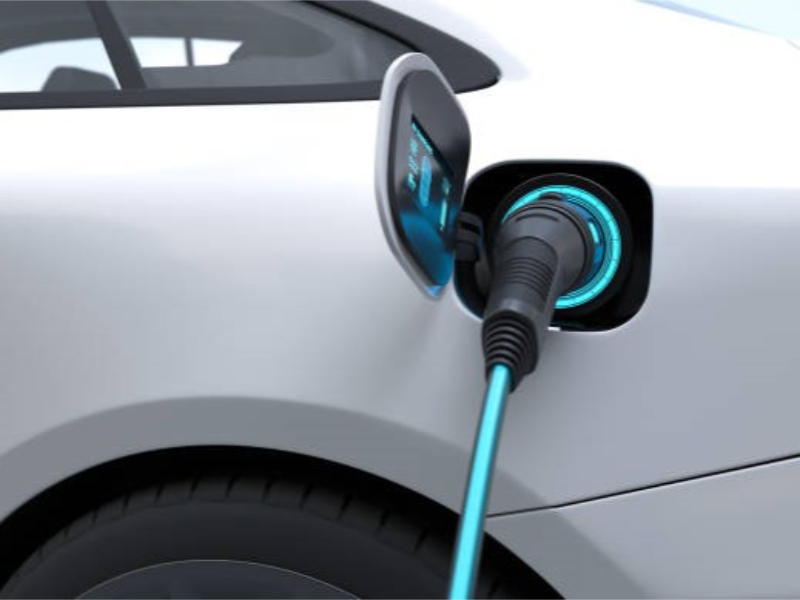- Level 1 chargers are slow but convenient for overnight charging, Level 2 chargers are ideal for daily use with a 4-8 hour full charge, and Level 3 DC fast chargers can power up an EV to 80% in just 20-40 minutes.
- Level 1 chargers suit home use for short commutes, Level 2 chargers are great for workplaces and public locations, and Level 3 chargers are best for long trips and quick stops.
As electric vehicles (EVs) gain popularity, understanding the different levels of EV chargers is crucial for making informed decisions about charging options. Whether you’re a new EV owner or considering making the switch, knowing how long each charger takes and where to find them can enhance your EV experience. This guide will break down the three main levels of EV chargers, helping you choose the best option for your needs.
Level 1 chargers: Convenient for home use
Level 1 chargers are the most basic type of EV charger, typically included with the purchase of an electric vehicle. They use a standard 120-volt household outlet, making them highly accessible and convenient for home use. However, their charging speed is relatively slow, adding about 2 to 5 miles of range per hour.
1. Ideal Use Cases: Short Commutes: If you have a short daily commute, a Level 1 charger might suffice, as you can leave your car plugged in overnight and have enough charge for the next day; Home Charging: Level 1 chargers are perfect for home use, especially if you have a predictable driving pattern and don’t require a fast recharge.
2. Charging Time: Charging an EV from empty to full with a Level 1 charger can take anywhere from 20 to 40 hours, depending on the battery capacity of your vehicle.
Also read: The 5 biggest EV charging companies
Also read: How much does a commercial EV charging station cost?
Level 2 chargers: Perfect for daily use
Level 2 chargers are a step up from Level 1, offering significantly faster charging times. These chargers use a 240-volt outlet, similar to what is used for large home appliances like dryers. They can typically add 20 to 30 miles of range per hour, making them a popular choice for both home and public charging stations.
1. Ideal Use Cases: Home Installation: Many EV owners install Level 2 chargers at home for faster overnight charging. This setup ensures your car is fully charged each morning, regardless of your battery’s starting point; Workplaces and Public Locations: Level 2 chargers are commonly found in public places such as shopping centres, parking garages, and workplaces. They are ideal for charging during the workday or while running errands.
2. Charging Time: Charging an EV from empty to full with a Level 2 charger typically takes 4 to 8 hours, depending on the battery capacity and the charger’s power output.
Level 3 Chargers: Rapid charging for long trips
Level 3 chargers, also known as DC Fast Chargers, are the fastest type of EV charger available. They use direct current (DC) instead of alternating current (AC) and can provide a significant charge in a short period. These chargers are often found along major highways and in high-traffic areas, making them ideal for long trips and quick stops.
1. Ideal Use Cases: Road Trips: DC Fast Chargers are perfect for long-distance travel, allowing you to recharge quickly and continue your journey with minimal downtime; Quick Top-Ups: These chargers are great for quick top-ups when you’re in a hurry and need to add substantial range in a short amount of time.
2. Charging Time: Level 3 chargers can charge an EV from 20% to 80% in about 20 to 40 minutes, depending on the vehicle and the charger’s power output.

